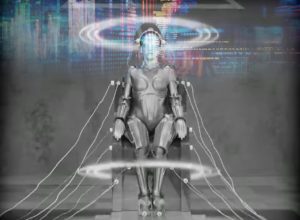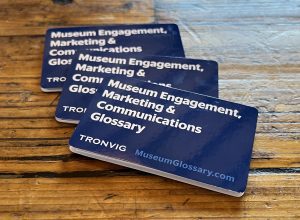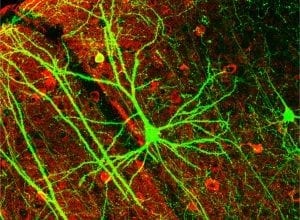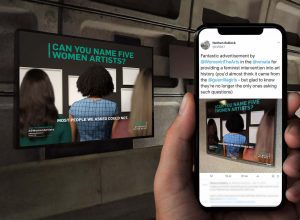The AI Effect: Navigating the Rise of AI in Marketing
It wasn’t too long ago that artificial intelligence was hailed as a beacon of progress that would usher in an era marked by unprecedented efficiency, endless possibilities, and ease. It was supposed to be the game-changing tool that would simplify our work and enhance our creativity.
Yet, as the pace of AI development accelerates at an unnerving rate, unease grows. Last March, high-profile tech leaders urged for a collective pause — a call that was not heeded. Now, 4 in 5 workers say they can’t keep up with how fast AI is moving. The once-futuristic prospect of AI is now an immediate reality, forcing us to confront its advantages and its challenges.
As marketers increasingly leverage AI to streamline tasks such as data analysis and content creation, critical questions loom: will AI become a full-time replacement for some types of marketers whose work lives it is now being used to enhance? Will the marketing profession be able to navigate and harness AI’s potential without fundamentally compromising the integrity of our professions?
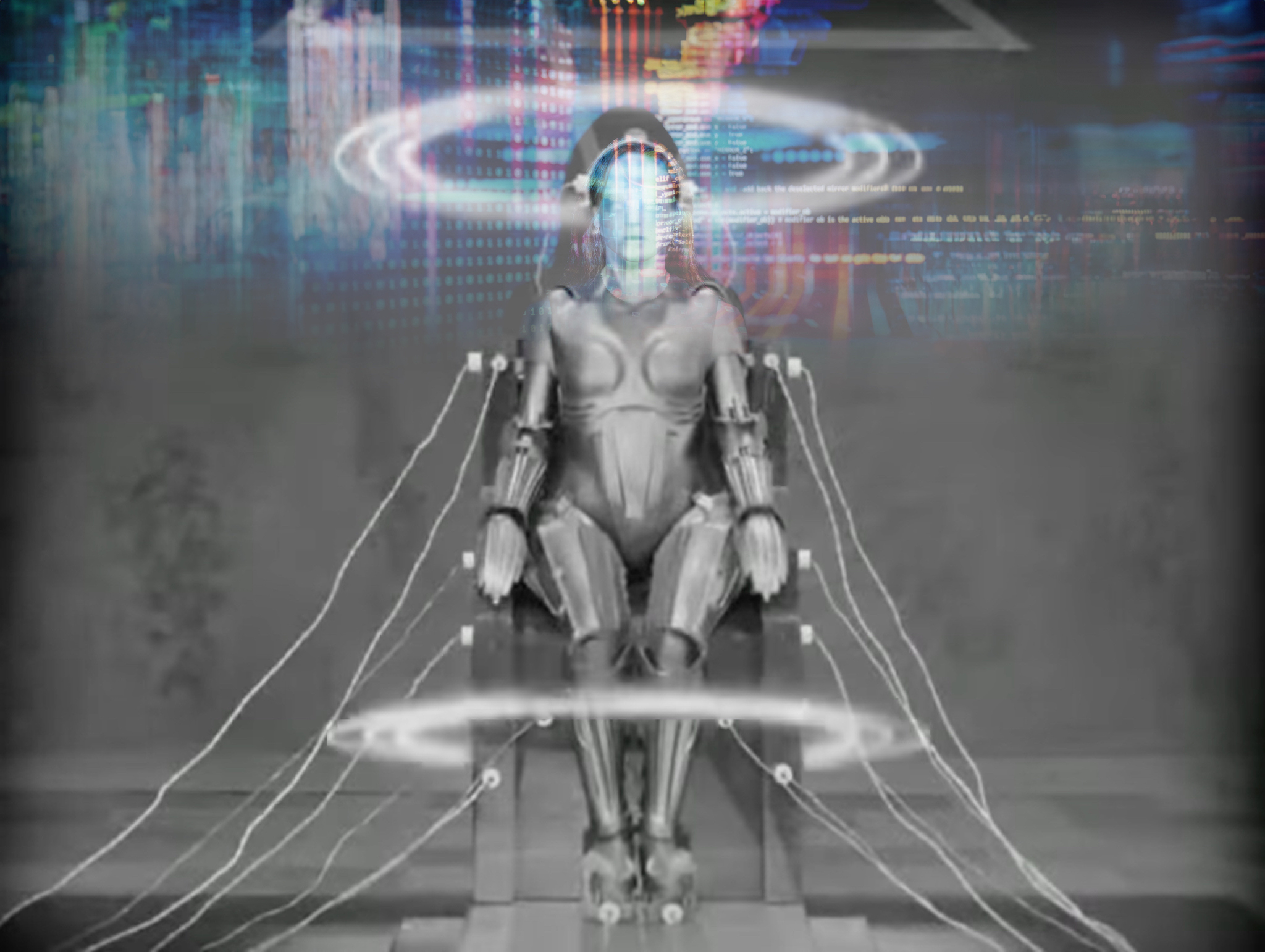
AI’s current role in marketing
To navigate the rapid rise of AI in marketing, we first need to understand how it’s being used. At this point in time, AI’s integration into the industry is inescapable, extending across various dimensions of the industry. Here’s a snapshot of some of the most common ways AI is being employed in marketing today:
- Content creation: AI-driven tools are being used to generate copy, design graphics, produce high-quality videos, and more.
- Data analysis: Marketers are increasingly relying on AI to streamline data analysis processes. Advanced algorithms can process vast datasets at immensely high speeds, providing timely and valuable insights into consumer behavior, preferences, and trends.
- Chatbots and customer service: AI-driven chatbots and virtual assistants provide instant responses, handle routine queries, and offer a seamless user experience, often freeing up human resources for more strategic tasks.
- Personalization: Marketers leverage AI to analyze consumer behavior, preferences, and demographics, enabling the creation of highly targeted and personalized campaigns.
- Automation of routine tasks: AI also plays a role in automating mundane or repetitive marketing tasks, from social media posting to performance reporting.
- Predictive analytics: AI-powered predictive analytics models help marketers foresee trends and customer behaviors, allowing for proactive strategy planning and adjustments.
At a glance, the impact appears positive overall, with AI providing plenty of benefits. Tasks that once demanded significant time and effort are now streamlined, with the surge in efficiency and quality making way for a more agile and responsive marketing “ecosystem.” Meanwhile, AI-powered analytics have been instrumental in improving the impact of marketing initiatives by uncovering patterns and providing valuable insights into customer behavior, market trends, and more.
AI’s integration into the industry is inescapable, extending across various dimensions of the industry.
In many ways, AI has leveled the playing field, making it possible for companies and agencies with fewer resources to compete with their larger counterparts. The widespread availability—and affordability—of these AI tools now make it possible for small marketers to enhance their efforts without the need for significant capital investments or time commitments.
Take AI product placement, for example. A $23 billion industry, product placement is expected to grow even more due to concerns over consumers skipping conventional ads. In response, companies like Rembrand are utilizing AI technology to virtually insert 3D, branded objects into influencers’ existing video content. Notably, they can turn these videos around within 24 hours, eliminating much of the time and cost associated with traditional negotiation, product shipment, and coordination processes.
But while the use of AI may make things easier, it also raises questions about authenticity and reality in the digital space. If this technology becomes accessible to everyone, what safeguards are in place to prevent it from being abused? What happens when it’s impossible to distinguish between the real and all manner of realistic fictions and fabrications?
The “dark side” of AI
A recent interactive quiz and article published by The New York Times—“Test Yourself: Which Faces Were Made by A.I.?”—exposes the jarring reality that generative AI has advanced to a level where most people are unable to distinguish real human faces from AI-generated ones. The implications of this are wide-ranging, suggesting that nearly all of us are vulnerable to misinformation.
AI-generated voice calls have already caught the attention of the FCC, being banned in response to the rise of voice scams, in which AI-generated voices are used in robocalls to “misinform voters, impersonate celebrities, and extort family members.”
Nearly all of us are vulnerable to misinformation generated by AI.
This “dark side” of AI underscores the importance of ethical constraints on these technologies. For instance, AI image generators have raised concerns—and triggered lawsuits—about intellectual property rights and the exploitation of artists’ work. Additionally, AI bias, in which algorithms perpetuate and even exacerbate existing societal biases, could lead to users potentially reinforcing stereotypes and engaging in discriminatory practices.
The risks brought on by AI extend far beyond the examples above. Issues such as data security, transparency, and accountability in AI decision-making processes add additional layers of complexity. And of course, the potential for job displacement due to automation stirs a new kind of unease. White-collar workers may not have paid much attention to the systematic replacement of blue-collar jobs due to late-twentieth-century factory automation, but this time the list of jobs that are potentially on the line is far more extensive and includes many highly educated and highly compensated professions.
AI’s impact on marketers
As the use of artificial intelligence continues to grow, the role of marketers faces a transformative shift, raising concerns about whether AI will replace marketers, especially smaller-scale ones, entirely.
The fears aren’t unfounded. AI and advanced automation have been used in recent decades to cut both jobs and costs. According to a ResumeBuilder survey of 750 business leaders, 37% reported AI had replaced workers in 2023, with 44% saying AI will lead to layoffs in 2024. Similarly, a McKinsey report found that 43% of organizations expect their number of employees to decrease by 3% or more in the next three years, with the breakdown as follows:
- 25% expect the number of employees to decrease by 3–10%
- 10% expect the number of employees to decrease by 11–20%
- 8% expect the number of employees to decrease by more than 20%
However, AI’s impact isn’t expected to be felt across the entire workforce. When Indeed’s economic research arm, Hiring Lab, took a look at how well generative AI (GenAI) could perform certain skills, it found that only 1 in 5 (19.8%) jobs are considered “highly exposed” to GenAI.
So, which jobs are the most exposed to GenAI-driven change? Topping the list of jobs that face the highest potential exposure were software development jobs, with GenAI being “good” or “excellent” at 95% of the skills mentioned in software development postings. Marketing was within the top ten (#9), with GenAI able to perform at least 75% of listed marketing skills at “good” or “excellent” levels.
Marketing ranked in the top ten jobs facing the highest potential exposure to GenAI-driven change.
Interestingly, these reports and analyses are quick to clarify that, while automatable tasks may be replaced by AI, it’s unlikely that it “will fully replace many jobs—especially those that require manual skills and/or deep personal connections.” GenAI, specifically, cannot replace intuition and reasoning, with “diverse, expert, and uniquely human knowledge” expected to remain in high demand.
Instead, if certain positions are eliminated, it will more likely be a result of restructuring, as workers are reskilled and transition to new (potentially AI-using) roles. For instance, 83% of business leaders say employees with AI skills will have more job security than those who do not, and 38% of organizations expect more than 20% of their employees to be reskilled in response to AI adoption.
Evidently, to navigate an AI-driven future, marketers must embrace upskilling and reskilling, as well as strengthen the soft skills that AI will have difficulty with. From learning how to write strong prompts to boosting critical thinking skills, being proactive can help marketers not only weather the storm of AI disruption but also harness its potential for innovation and growth.
What the future holds
As GenAI gains wider adoption, its relentless evolution will force marketers to keep up in order to remain competitive and relevant. However, with this technology also comes key responsibilities shared among individuals, lawmakers, and companies.
As GenAI gains wider adoption, its relentless evolution will force marketers to keep up in order to remain competitive and relevant.
While we all bear a degree of personal responsibility, preventing and safeguarding against AI misuse must become a priority for those developing, regulating, and deploying these technologies. Recent developments, such as Meta’s initiative to label AI-generated images on its platforms, and Microsoft’s six-prong approach to combating GenAI content abuse, underscore the pressing need for regulatory and corporate responsibility.
As regulations ramp up, AI evolves, and its applications expand, staying informed and vigilant is crucial. Staying relevant will require a commitment to ongoing learning and adaptability. Marketers who can simultaneously strategically leverage AI, strengthen their uniquely “human” skills, and critically assess the ethical implications of emerging technologies will be well-positioned to navigate an AI-filled future.
___
Blog illustration/collage by Anne Mieth using generative AI on an image of Maschinenmensch
